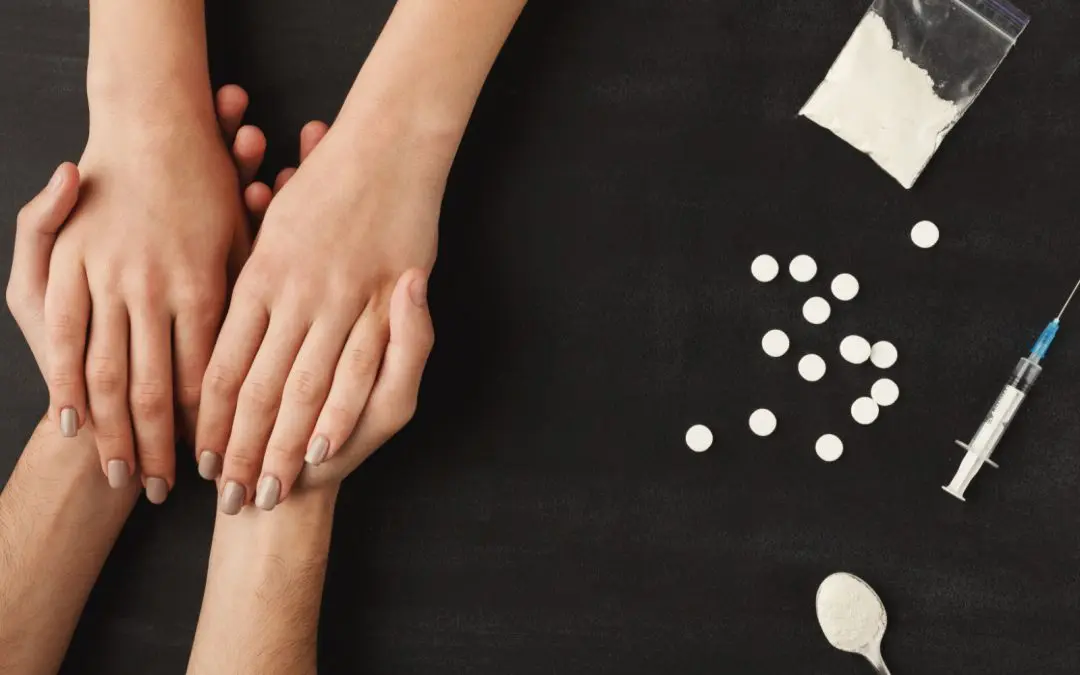24/7 Helpline:
(866) 899-221924/7 Helpline:
(866) 899-2219
Learn more about PTSD Treatment centers in Hot Springs National Park

Other Insurance Options

Amerigroup

Kaiser Permanente

Choice Care Network

Providence

Multiplan

Sutter

Lucent

CareSource

Excellus

Molina Healthcare

WellCare Health Plans

Oxford

Absolute Total Care

Private insurance

Health Partners

BlueCross

Medical Mutual of Ohio
Beacon

Optum

EmblemHealth

Dayspring of Arkansas
Dayspring of Arkansas is a private rehab located in Hot Springs National Park, Arkansas. Dayspring o...











